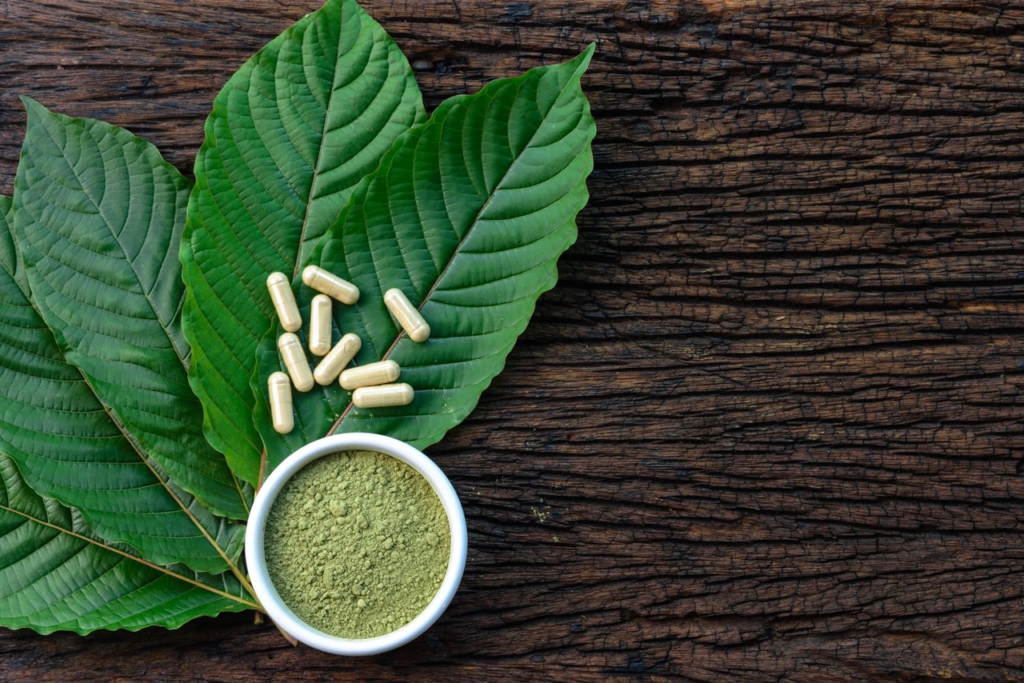
As botanical products continue to garner attention for their traditional and potential therapeutic uses, kratom is a name that surfaces quite often. Extracted from the leaves of the Mitragyna speciosa tree indigenous to Southeast Asia, kratom has been used for centuries for its diverse properties.
The rise in its popularity in Western cultures has led to a surge of interest and debate surrounding its uses, benefits, and legality. In this article, we delve into the world of kratom botanicals, offering insights into its origins, varieties, and much more. Keep reading to become well-informed about this fascinating plant.
Understanding Kratom Botanicals: Origins and Varieties
The Mitragyna speciosa tree, native to Southeast Asia, flourishes in tropical climates like Thailand, Malaysia, and Indonesia. Traditionally valued for its medicinal properties, its leaves are processed into powders, teas, or extracts. Kratom botanicals are categorized by vein colors—red, green, and white—each offering unique effects, from energy boosts to pain relief.
A strain’s effects also depend on its origin, as factors like soil and harvesting impact alkaloid content. Popular varieties such as Bali and Maeng Da are sought for their distinctive profiles. While kratom’s appeal as a natural remedy grows, debates persist about its safety and scientific backing.
Exploring the Legal Landscape of Kratom Usage
Kratom’s legal status varies globally, with laws in Southeast Asia and the United States varying significantly. In Thailand, it is banned, while in Malaysia, it is legal under certain conditions. In the United States, kratom is not regulated at the federal level, but the DEA has listed it as a “drug of concern.”
Several states and cities have their own regulations, with some banning its sale and use entirely, while others allow it freely or with restrictions. Advocates for kratom argue for its benefits and seek responsible regulation to ensure safety and quality control. Consumer safety concerns arise from the unregulated market, which can lead to adulterated or contaminated products. Staying current with kratom laws is essential for research and understanding its future accessibility and use.
The Science Behind Kratom: Alkaloids and Effects
Kratom leaves contain alkaloids, including mitragynine and 7-hydroxymitragynine, which interact with opioid receptors in the brain, providing pain relief, sedation, pleasure, and decreased inflammation. These compounds also produce stimulant effects. The concentration of these alkaloids can vary depending on factors like leaf maturity and strain, making their effects unpredictable without proper standardization and quality control.
Scientific interest in kratom continues to explore its therapeutic effects while minimizing adverse reactions. Current research is still inconclusive, necessitating further investigation. Many users compare kratom to other pain-relieving substances, but health professionals advise caution due to the lack of comprehensive studies and regulatory oversight ensuring consistent, safe usage.
Guidelines for Safe Consumption of Kratom Products
Kratom consumption is complex and varies in strength, so beginners should start with low to moderate doses and gradually increase as needed. Quality control is crucial for safe consumption, and buyers should seek vendors with transparent sourcing and thorough testing. Lab results should confirm the absence of contaminants and specified alkaloid contents. Staying informed about interactions with other substances, such as drugs, alcohol, or medications, is essential.
Consult with healthcare professionals if taking other substances. Prolonged and frequent use can lead to dependency, emphasizing moderation and awareness. Legal considerations are also important, and users should confirm the substance’s status in their jurisdiction to stay compliant with local laws. Understanding the legal landscape can prevent unintended consequences and ensure a safe, legal experience with kratom.
Navigating the Market: Choosing Quality Kratom Botanicals
Consumers are increasingly concerned about the quality of kratom products, as the market is filled with new vendors offering varying quality and reliability. To make informed choices, reputable vendors must adhere to industry standards and demonstrate a commitment to consumer safety and education. Labels and product descriptions are crucial, with careful scrutiny of strain, origin, and alkaloid profiles.
Customer reviews and third-party lab testing are also important indicators of transparency and quality assurance. Cost is another factor to consider, as low prices may indicate inferior quality or unethical sourcing practices. Investing in higher-quality products from reputable sources can lead to a safer and more effective experience. The kratom user community can also serve as a resource for newcomers, with online forums, peer reviews, and expert blogs providing guidance and advice.
Overall, the complex world of kratom botanicals requires cautious navigation. From understanding its origins and legalities to recognizing the effects of its alkaloids and assuring safe consumption, there’s much to consider. By remaining informed and discriminating in your selection, you can approach kratom with the wisdom essential for a responsible experience.




